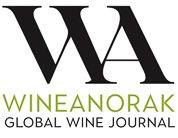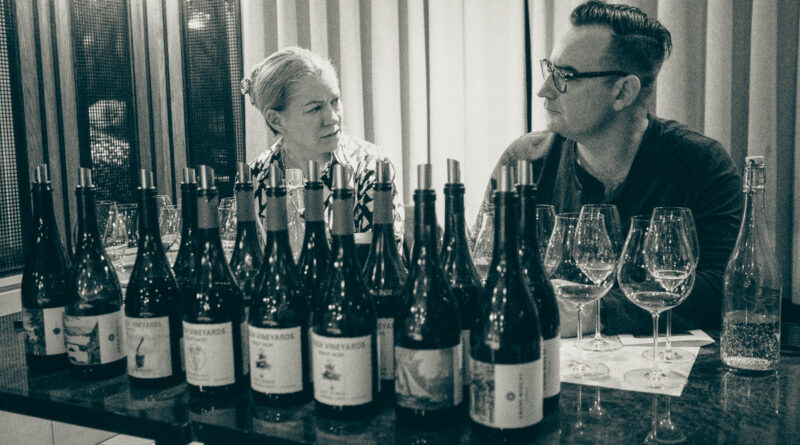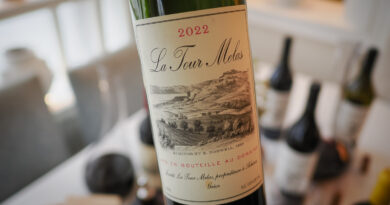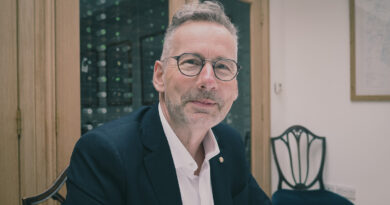Cruse x Hirsch, tasting some Californian gems from this star partnership
Californians Jasmine Hirsch and Michael Cruse are partners in life and wine, and they came to London to share their wines and stories.
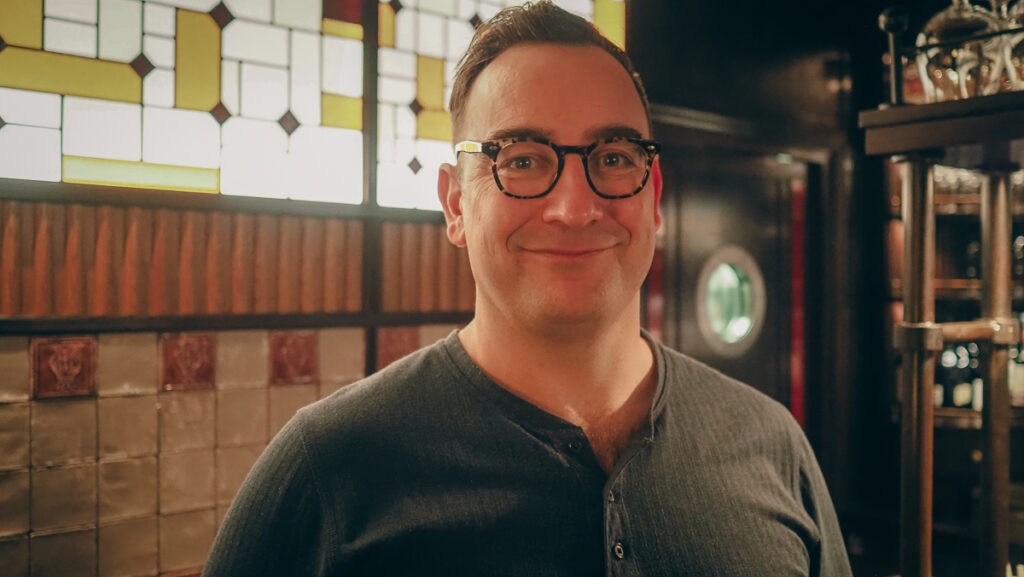
Cruse
Michael Cruse started making wine in 2006, but this wasn’t his first path. He’d done a biochemistry degree and thought he’d be a research scientist, but he also had a desire to do something with his hands.
So he went to Napa, and, in his own words, ‘became intellectually interested with the idea of making terroir-driven wines.’
‘We have lots of sunshine but we try to copy Bordeaux and Burgundy: places with less sunshine. My idea is to make Californian wines that taste Californian.’
His is a negociant operation, and he has a particular interest in sparkling wines. ‘I want to use it as another lens to look at site in California. There has been a focus on the large house model of sparkling wine. My interest is in the technical but my focus is what growers are doing in Champagne.’ He cites as an example the more oxidative approach to base wines. He says that sparking wine is a way of making a small amount of money very slowly.
He only buys organic fruit. ‘In California there has always been a division between winemaking and grape growing.
Michael’s most famous wine, Ultramarine, wasn’t on tasting. It has become the most sought after Californian sparkling wine. This began in 2008 and the first commercial release was 2010, and this is a project he’s involved in with other investors. There is now a 4 year waiting list of people who want to be able to buy some. It’s an amalgamation of techniques he learned from Ledru, Fred Savart and Vilmart. It’s all barrel fermented, and he just uses the heart of the press. There is 30% new oak and the wine spends four years on lees. All wild fermentation, no cold stabilization. ‘You have to be oxidative or it tastes like acid water,’ he says.
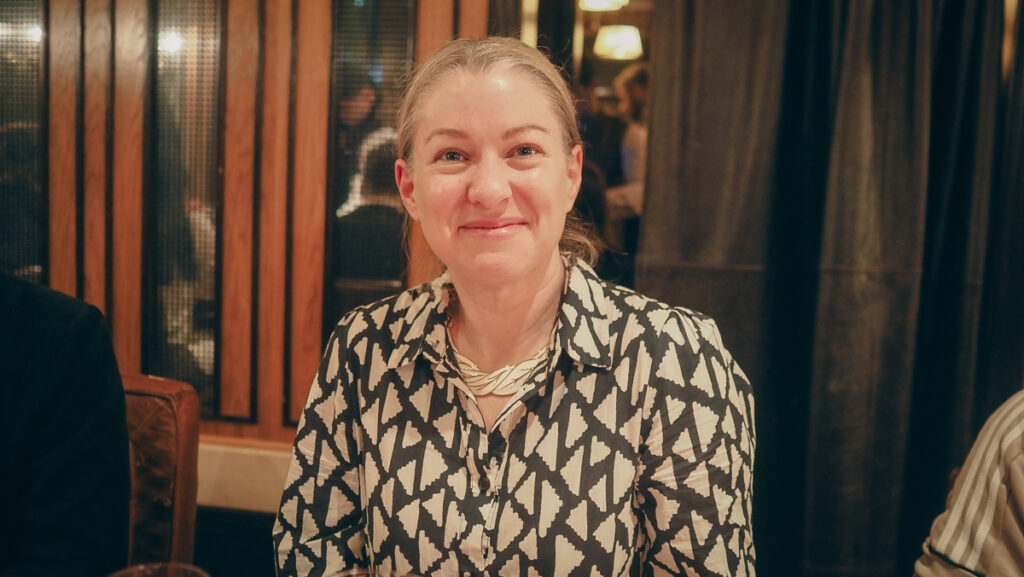
Hirsch
Jasmine Hirsch has a remarkable vineyard in West Sonoma Coast that was established by her father. He purchased an old sheep ranch in 1978. ‘People told him he wouldn’t get his grapes ripe but he planted anyway,’ she says. For the first 20 years he sold all the grapes, many of which went into bulk wine, and then in the mid-1990s people began to be interested in this area. Three cult Pinot producers had heard of David Hirsch. They were making wines in Russian River Valley but wanted cooler climate Pinot. These were Williams Seylem, Kistler and Littorai, and all started buying Hirsch fruit in 1994. They were the first to designate (put the vineyard name on the bottle).
The vineyard produces low yields and the weather is often difficult in the spring. But on the back of the success of wines by these well known producers, David decided to build a winery and thus make more money from the grapes. ‘After 22 years of farming my father felt he’d learned all he could of the vineyard and wanted to make wine,’ says Jasmine.
There are 29 hectares of vineyards in 60 parcels. ‘The reason it is so fragmented is that it is half a mile from the San Andreas fault,’ says Jasmine. ‘It is earthquake terroir.’ Each parcel, where possible, is kept separate through winemaking and elevage.
Jasmine joined in 2008 and took over in 2014. Her winemaker left in 2018. ‘I was struggling to know what to do about it,’ she says. She couldn’t bring herself to hire another winemaker, and Michaeal joined in 2019 to help out. ‘2019 was the largest vintage ever and failure wasn’t an option.’ So he joined and Jasmine stepped up with his help to make the wines. They take a relatively low intervention approach.
‘These are mountain wines,’ she says. The soils are shallow, and the vineyards top up at 500 m elevation, where the light intensity is strong. ‘You get more skin development and more colour, and more tannin.’
She began converting the vineyards to biodynamics in 2011, and since 2014 all have been farmed this way. The vineyard is within a 400 hectare ranch and the only neighbouring vineyards are Hellenthal. It’s a wet place with 2000 mm of rain a year, as it is sticking out into the ocean.
For the last 10 years they have used minimal to no till. ‘You can see the benefit of this in the forest,’ she says. ‘Once we went to no-till the mushrooms started to pop up all through the vineyard. The mycorrhizae are no longer interrupted by tractors.’
Hirsch now keep all their Chardonnay and sell just 15% of their Pinot Noir.
In terms of winemaking, whole bunch is usually 19-30%, but in 2020 they did no whole cluster because of the risk of smoke taint, and in 2021 they did virtually none. Michael says, ‘I’m not a dogmatic winemaker but one of the problems in California is that we copy Burgundy with Pinot Noir. Are we doing this because Dujac does this? 95% of the time people are doing this.’
Jasmine adds, ‘we have to be careful of anything that makes the wine taste of style before place. We don’t want to taste the technique before the vineyard. Whole bunch doesn’t seem necessary in California.’
THE WINES
Cruse Tradition LC 19 Sparkling NV California
70% Chardonnay, 30% Pinot Noir. Lively with richness and intensity. A bit oxidative in style and alas also mousy. Without the mouse this would be lovely.
Cruse Rorick Vineyard Chardonnay 2021 California
Old vines planted in 1960s on own roots at 2200 feet. Bold, rich and powerful with nice spiciness, showing some depth. There’s some pear and peach here with nice intensity. Richness allied to freshness. 93/100
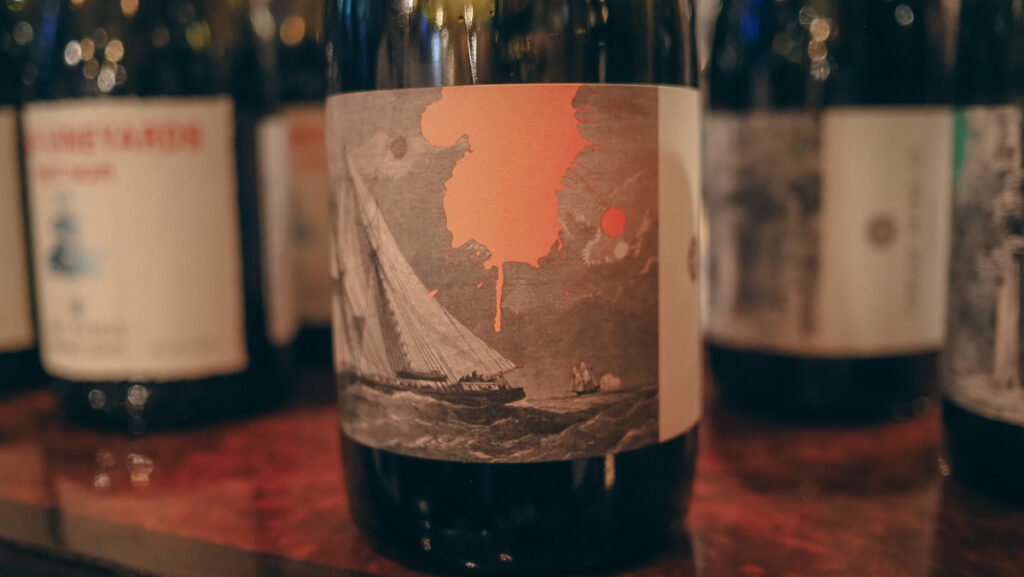
Cruse Monkey Jacket 2019 California
This is a blend with 60% Valdiguié and Carignan, Petite Sirah, Peloursin and Tannat, mainly raised in concrete. Fresh and fine with lovely structure and bright cherry and berry fruits with freshness, low alcohol and good acidity. Such drinkability with nice tannins. 94/100
Cruse Alder Springs Tannat 2019 Mendocino County, California
Fresh, supple and expressive with lovely balance. Just ripe with some nice crunch. Lovely sleek black cherries and plums with good freshness and purity. Such a distinctive wine. 94/100
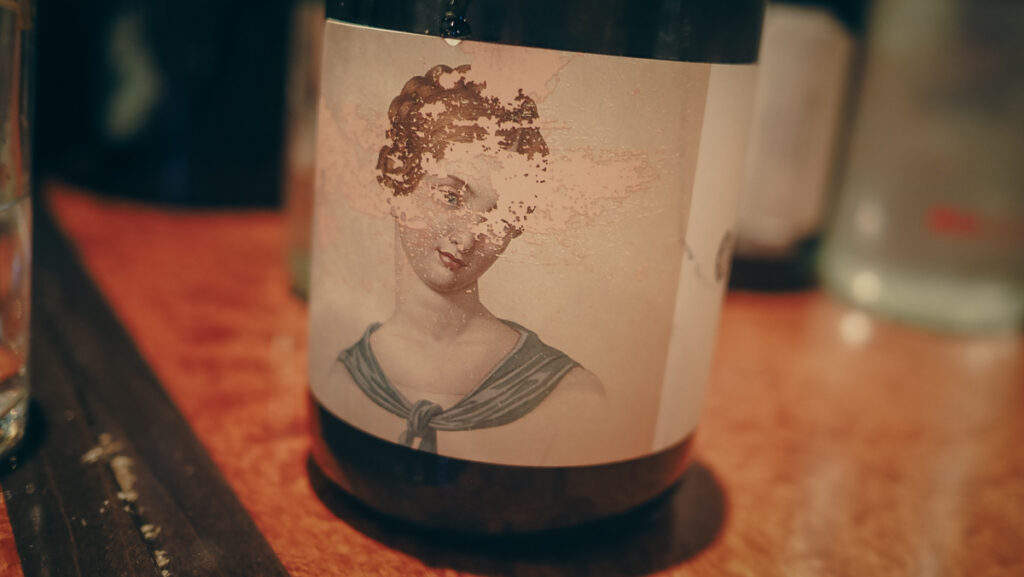
Cruse Rancho Chimiles Sparkling Valdiguié 2020 California
Vivid, liveluy and bright with a subtle green character. Vibrant citrus fruits with a twist of grapefruit. Very lively and pure. 91/100
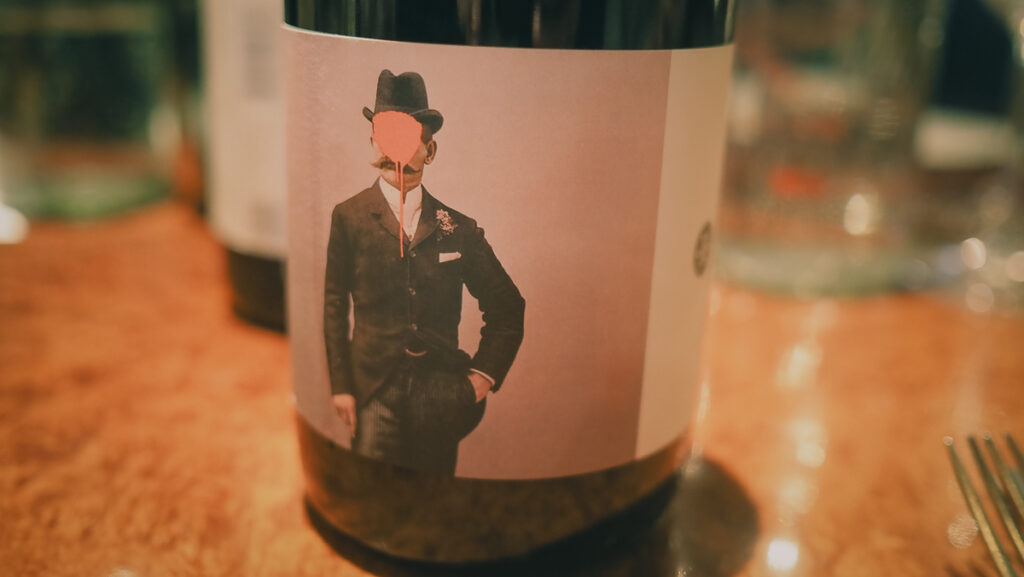
Cruse Charles Heintz Vineyard Syrah 2021 California
This is the last vintage of this – the vineyard has red blotch virus. Whole cluster. Fresh minty edge to the nose which shows clove and spice, as well as black cherry fruit. Fresh and edgy with nice berry and tar character. Very expressive. 93/100
Hirsch Bohan Dillon Pinot Noir 2021 Sonoma Coast, California
This is one-third estate, one-third Hellenthal and one-third Charles Heitz. Nice weight and structure with vibrant cherry and berry fruits. There’s some structure here with good acidity. Shows purity and potential for development. 94/100
Hirsch San Andreas Fault Pinot Noir 2021 Sonoma Coast, California
This is a blend of 30 parcels. There’s lovely flesh here with good acidity. Appealing sweet cherry and berry fruit with a supple character and good structure. Nice flesh: this is so nicely poised. 95/100
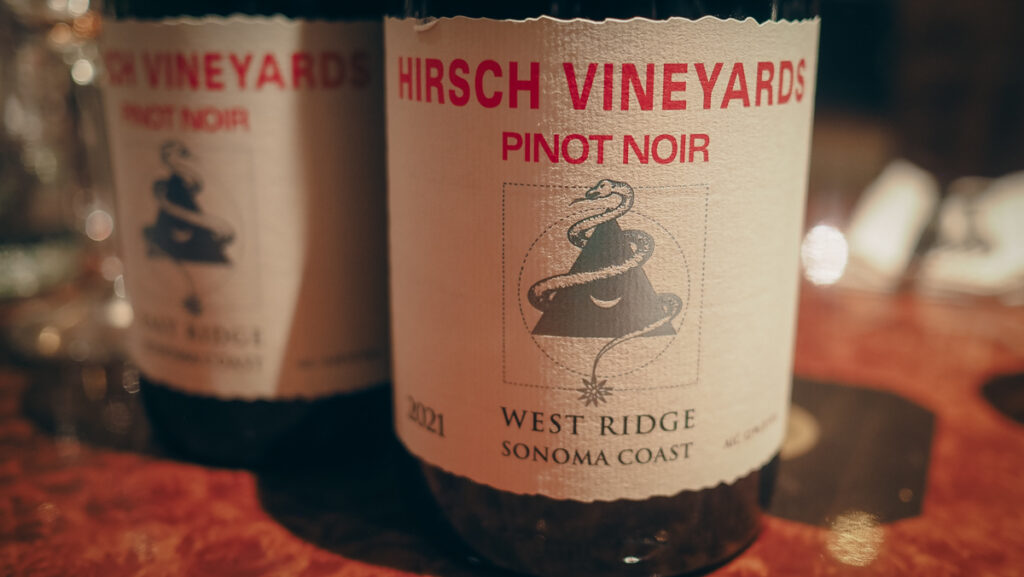
Hirsch West Ridge Estate Pinot Noir 2021 Sonoma Coast, California
Lovely concentration and freshness, showing depth. Fine tannins and good acidity with lovely red fruits. Fine and expressive with concentration plus finesse. 96/100
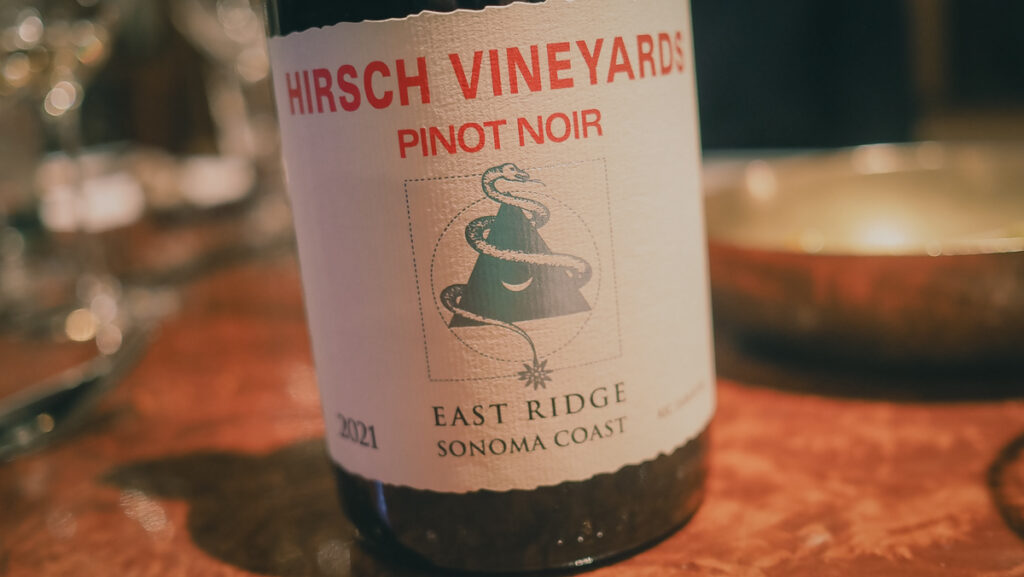
Hirsch East Ridge Estate Pinot Noir 2021 Sonoma Coast, California
This is structured and intense with powerful tannins and lovely cherry and berry fruit. Quite firm and robust with lovely intensity. 96/100
